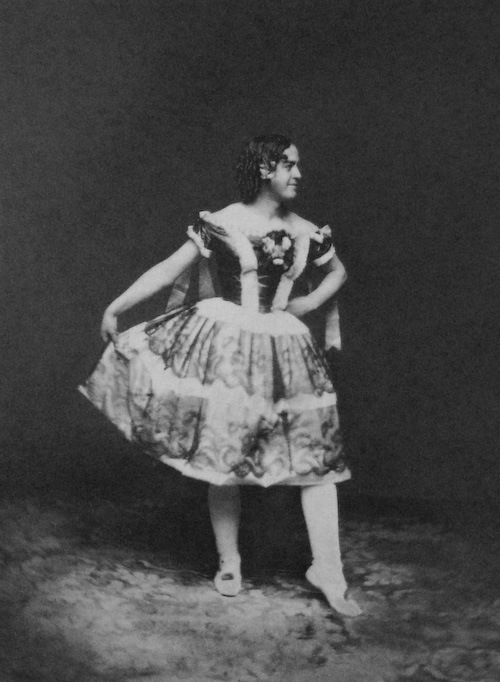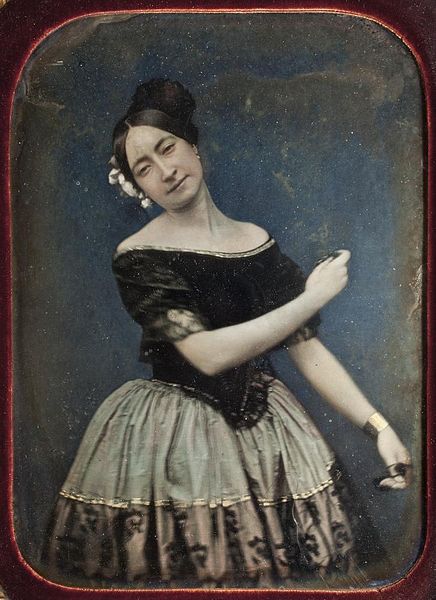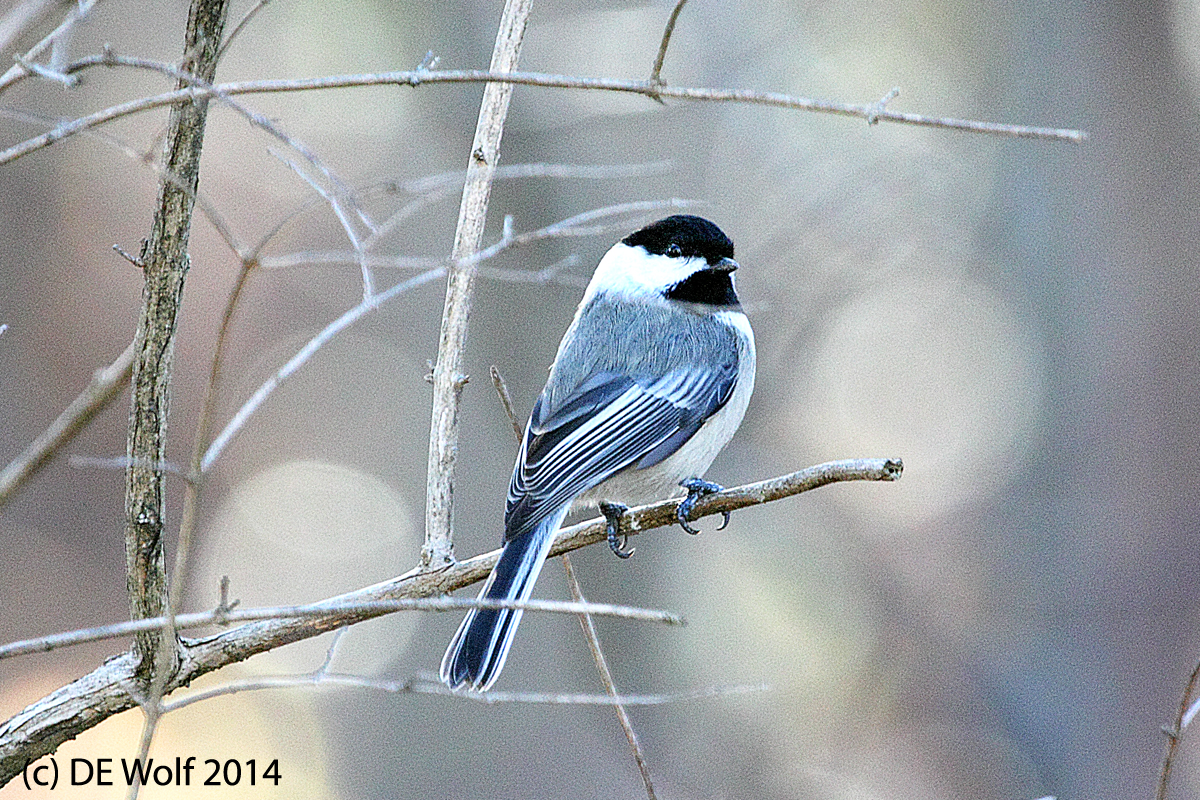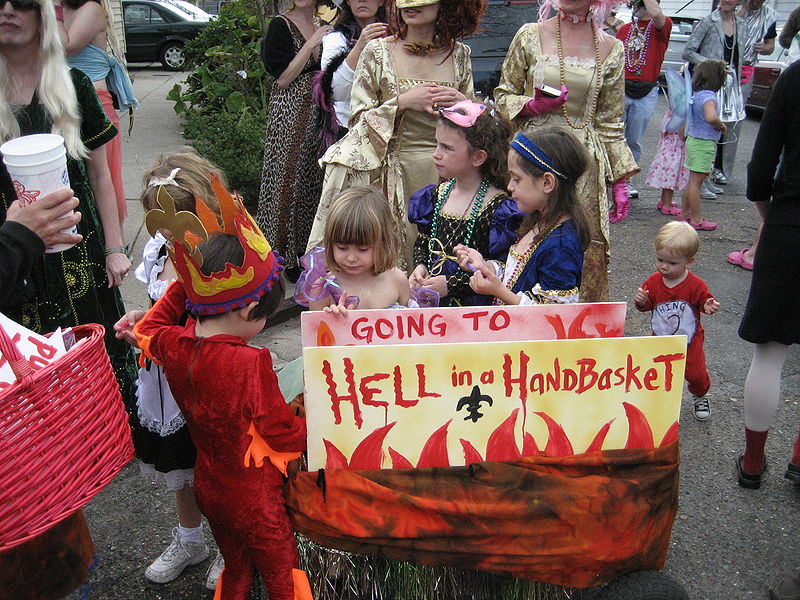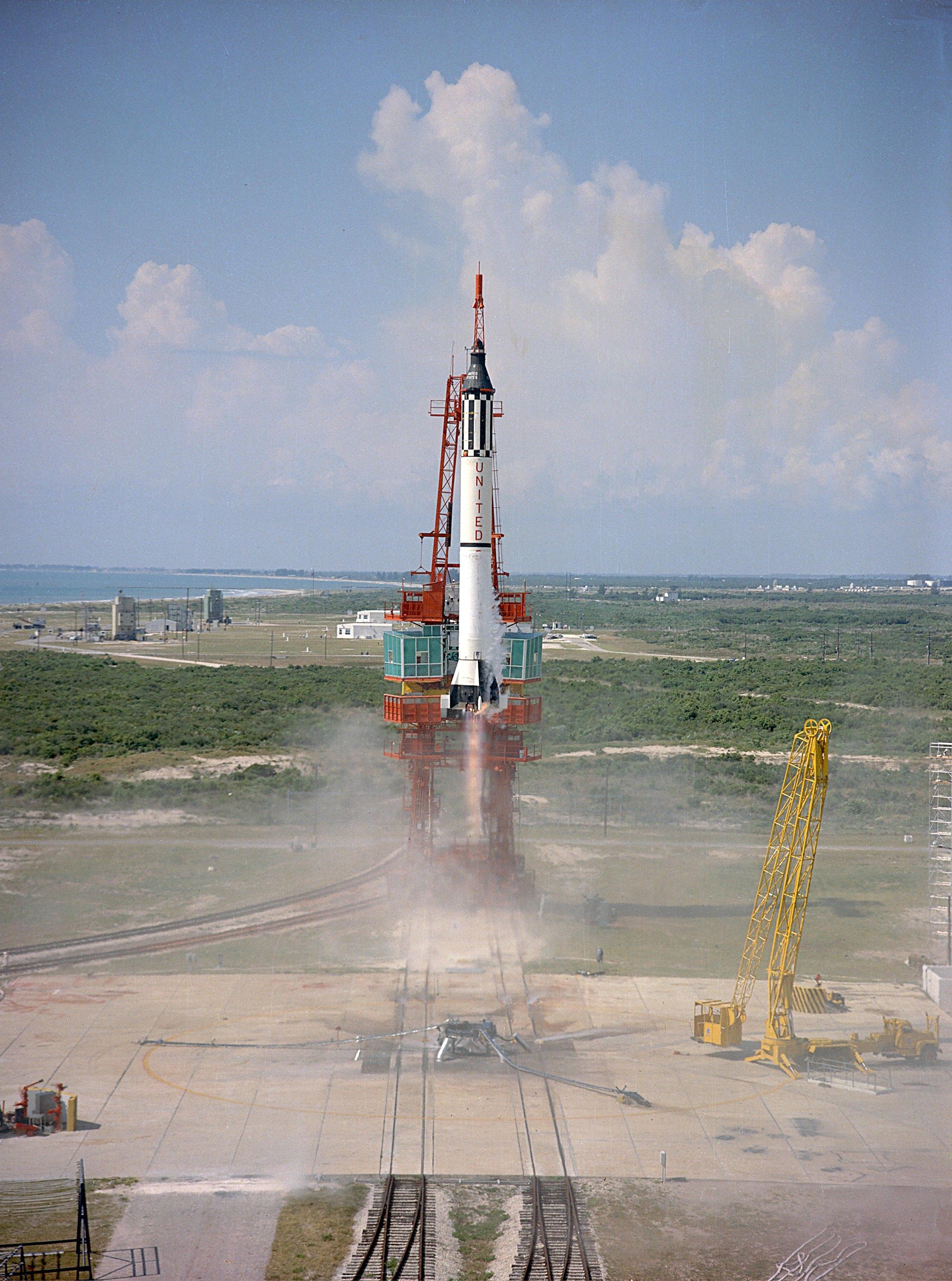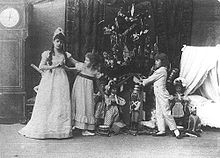
Figure 1 – the first performance of the Nutcracker production of The Nutcracker (Imperial Mariinsky Theatre, St. Petersburg, 1892). (Left to right) Lydia Rubtsova as Marianna, Stanislava Belinskaya as Clara and Vassily Stukolkin as Fritz, in the original. From the Wikimediacommons and in the publi cdomain because of age of image.
The weather is turning colder here in Boston. Our skin is cracking from the freeze-drying air, but spirits are high. One of the important seasonal events is the Boston Ballet’s performance of Tchaikovsky’s “the Nutcracker.” This is a ritual played out in many American cities, and thinking of it always brings a smile to my face. My son, at the time, referred to it as “The Nutcrack'” and, out of deference to his mother, tolerated being dressed in itchy wool shorts, knee socks, and a blazer to attend what must have seemed a very boring event with an audience filled with coughing and contagious children. But it is such a delightful parade of little people in wool and velvet, looking ever so Christmassy. And the ballet itself does capture the unique aspect of anticipation that permeates the holiday.
Hearing about this year’s event got me thinking about whether or not there are photographs of the original performance, and sure enough, hence Figure 1 . The Nutcrack’ was first perfomed on the 18th of December 1892, at the Imperial Mariinsky Theatre in St. Petersburg, Russia. The performance was conducted by Riccardo Drigo, and featured: Antonietta Dell’Era as the Sugar Plum Fairy, Pavel Gerdt as Prince Coqueluche, Stanislava Belinskaya as Clara, Sergei Legat as the Nutcracker-Prince, and Timofey Stukolkin as Drosselmeyer.
Counter to current practice children performed the major child roles in those days. It is, I guess, another one those photographic time travel events, except that the whole pageant seems, in fact, pretty timeless. This image is especially poignant as it offers up a view of imperial Russia at its height of misplaced and complacent glory. You look at the picture and, if you live where I do, you can imagine the bone-chilling cold of St. Petersburg just outside the doors of the theatre.
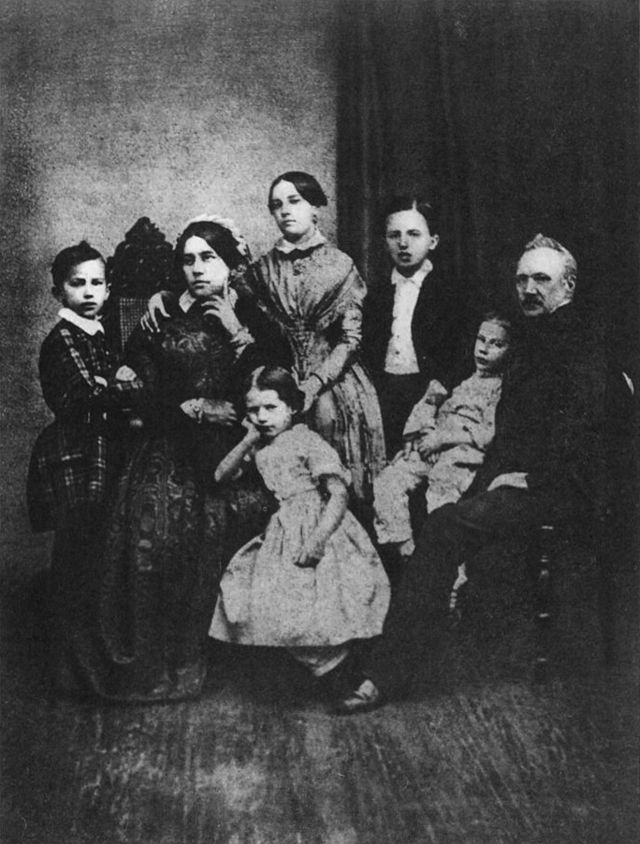
Figure 2 – The Tchaikovskys in 1848. From the Wikimediacommons and in the public domain because of the age of the image.
In researching this, I also came across a photograph from 1848 of Tchaikovsky as a young child himself. Left to right are: Pyotr, Alexandra Andreyevna (mother), Alexandra (sister), Zinaida, Nikolai, Ippolit, Ilya Petrovich (father). This again is a time trip. It is wonderful in the way that so many family groupings from that date are. Not everyone is looking at the camera which creates a sense of abstraction and indifference. For the little girl in front the whole event seems rather boring. Perhaps this anticipates the obligatory journey to her brother’s ballet by so many little children then unborn. Certainly the outfit that Pyotr is wearing would be suitable for a modern performance and the cowlick is just wonderful.

